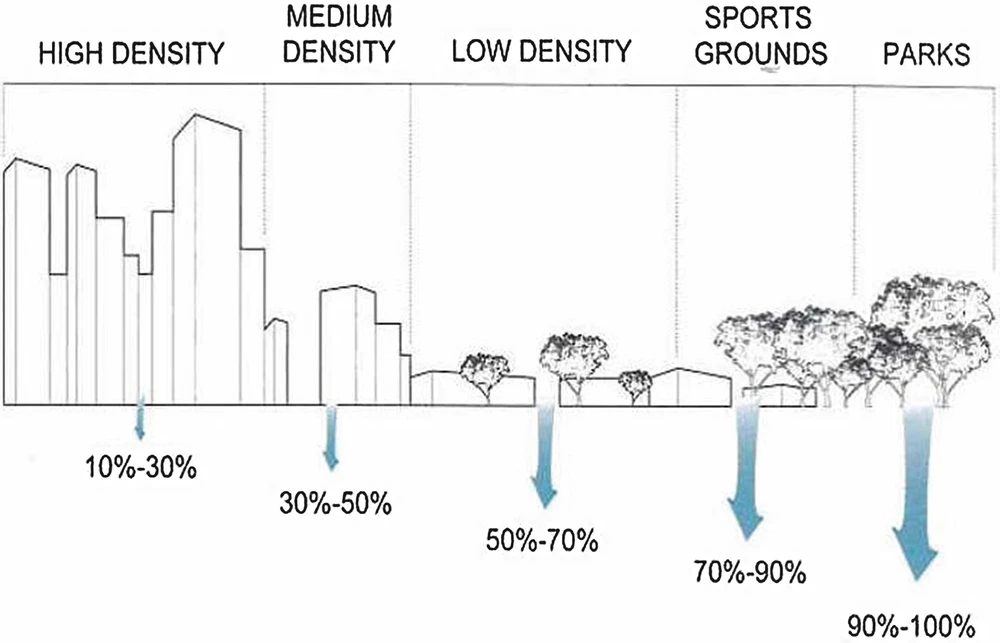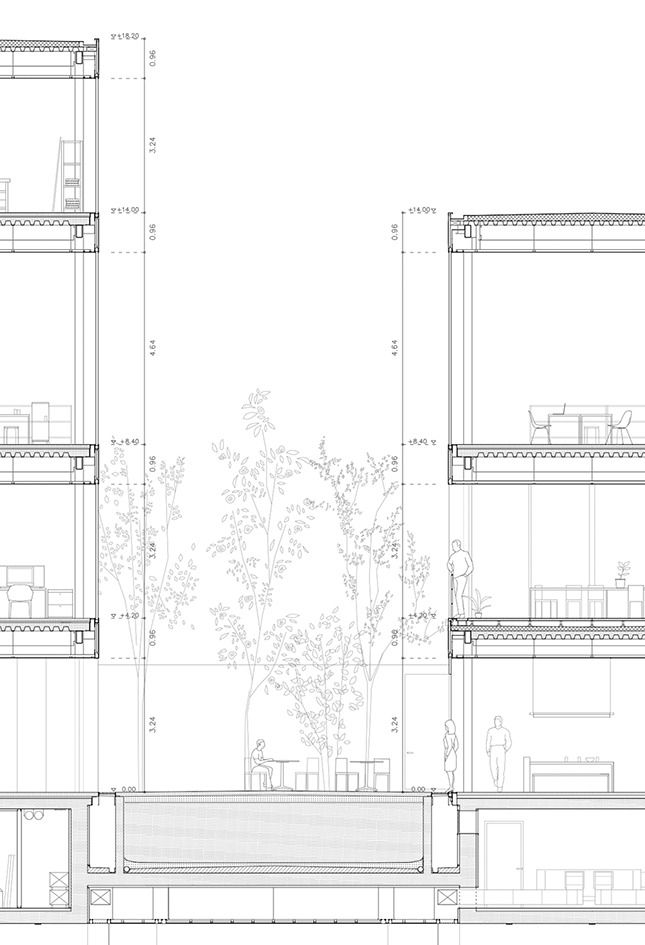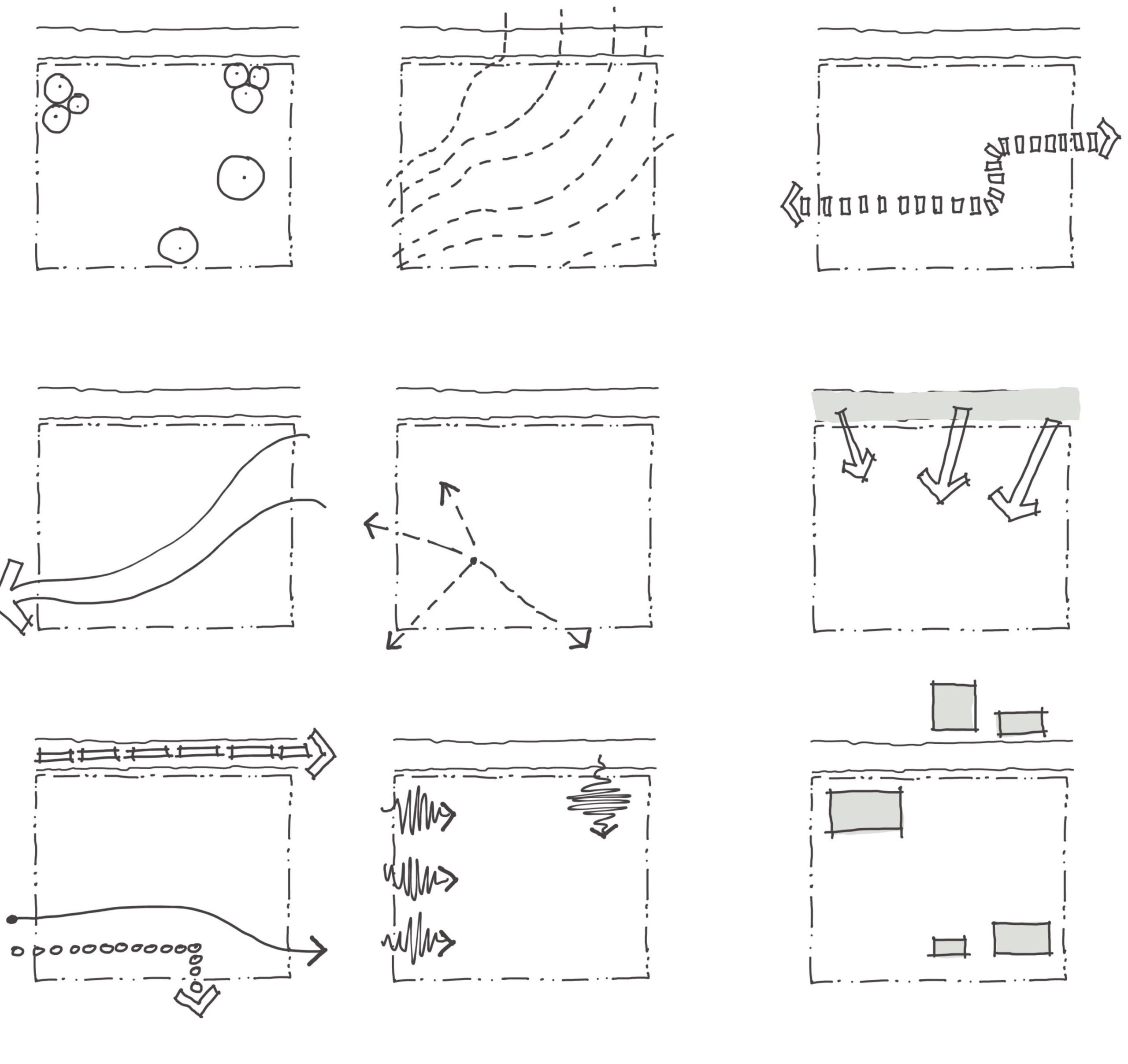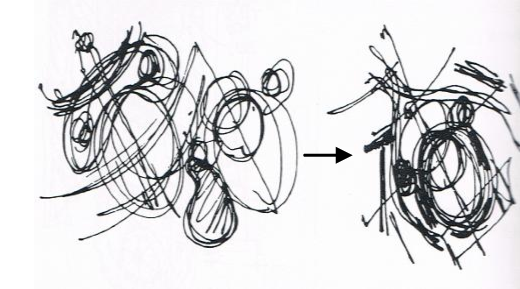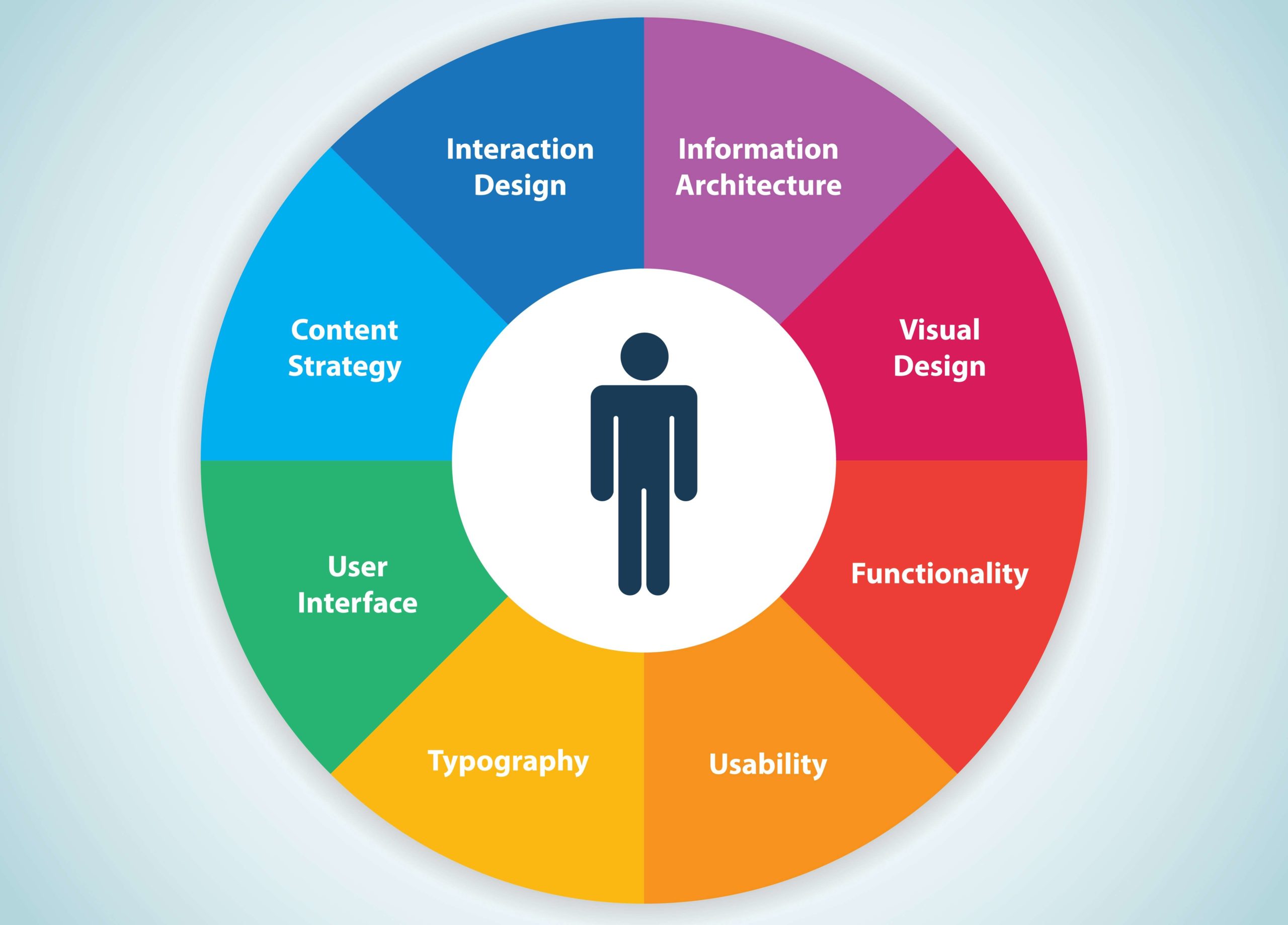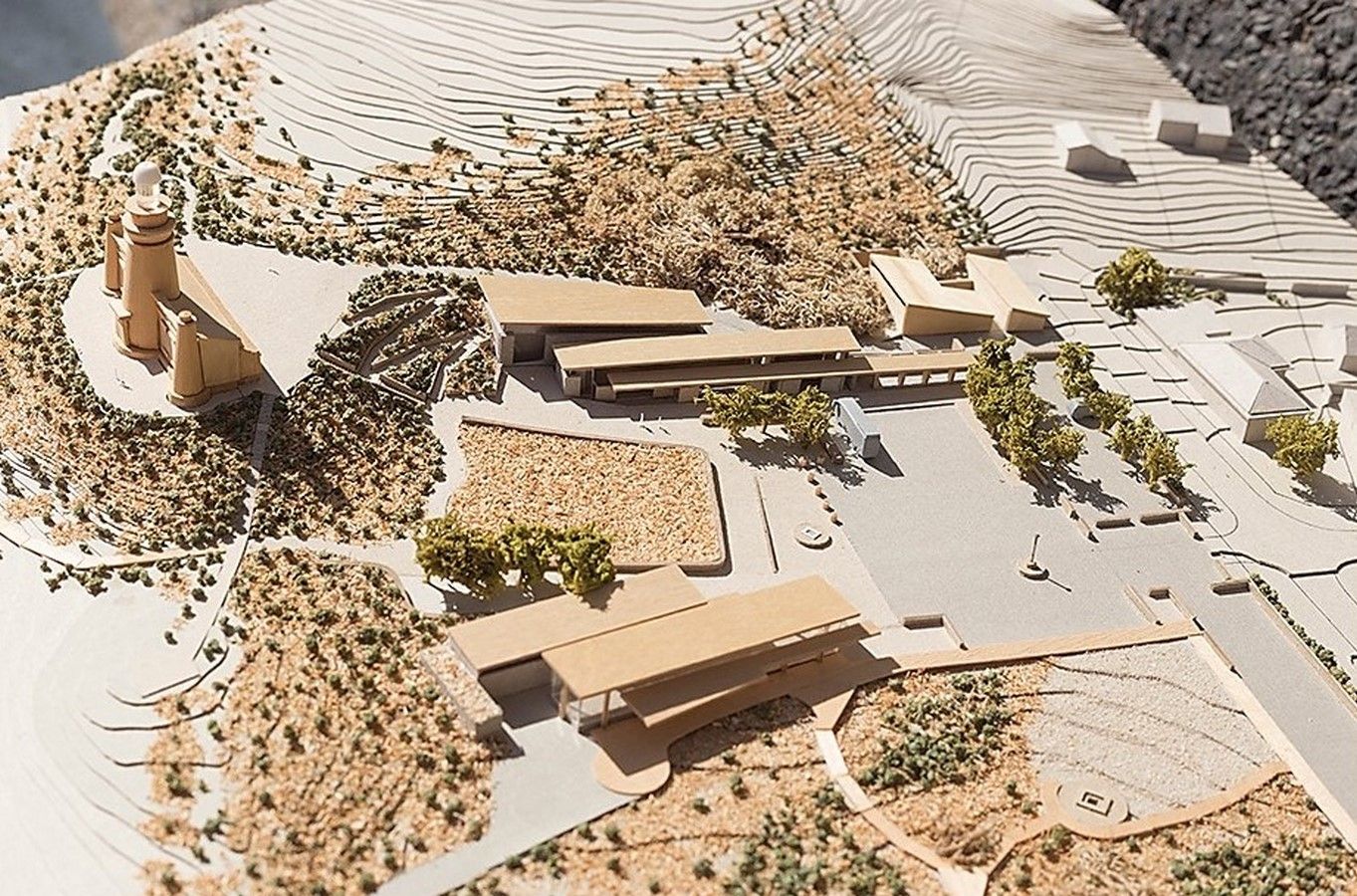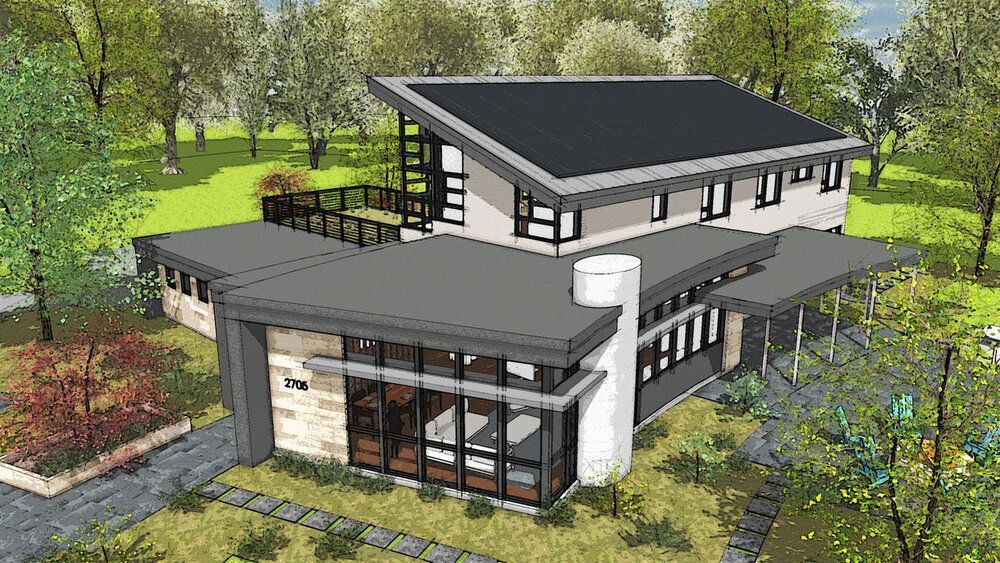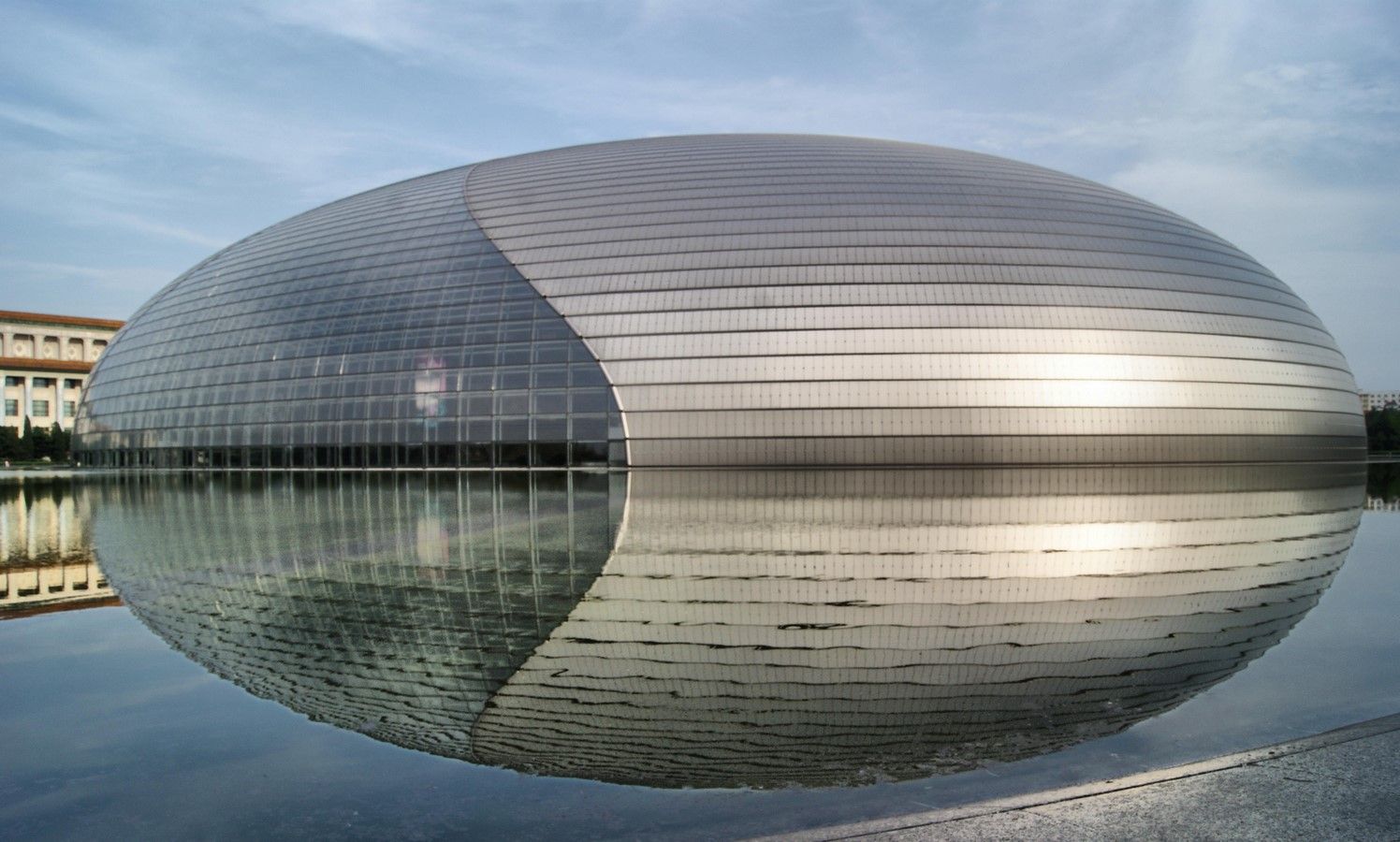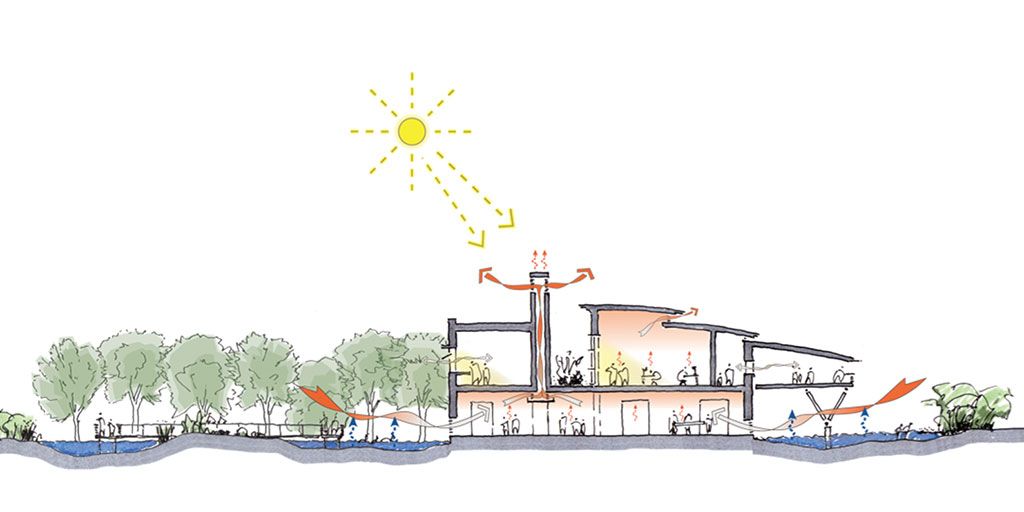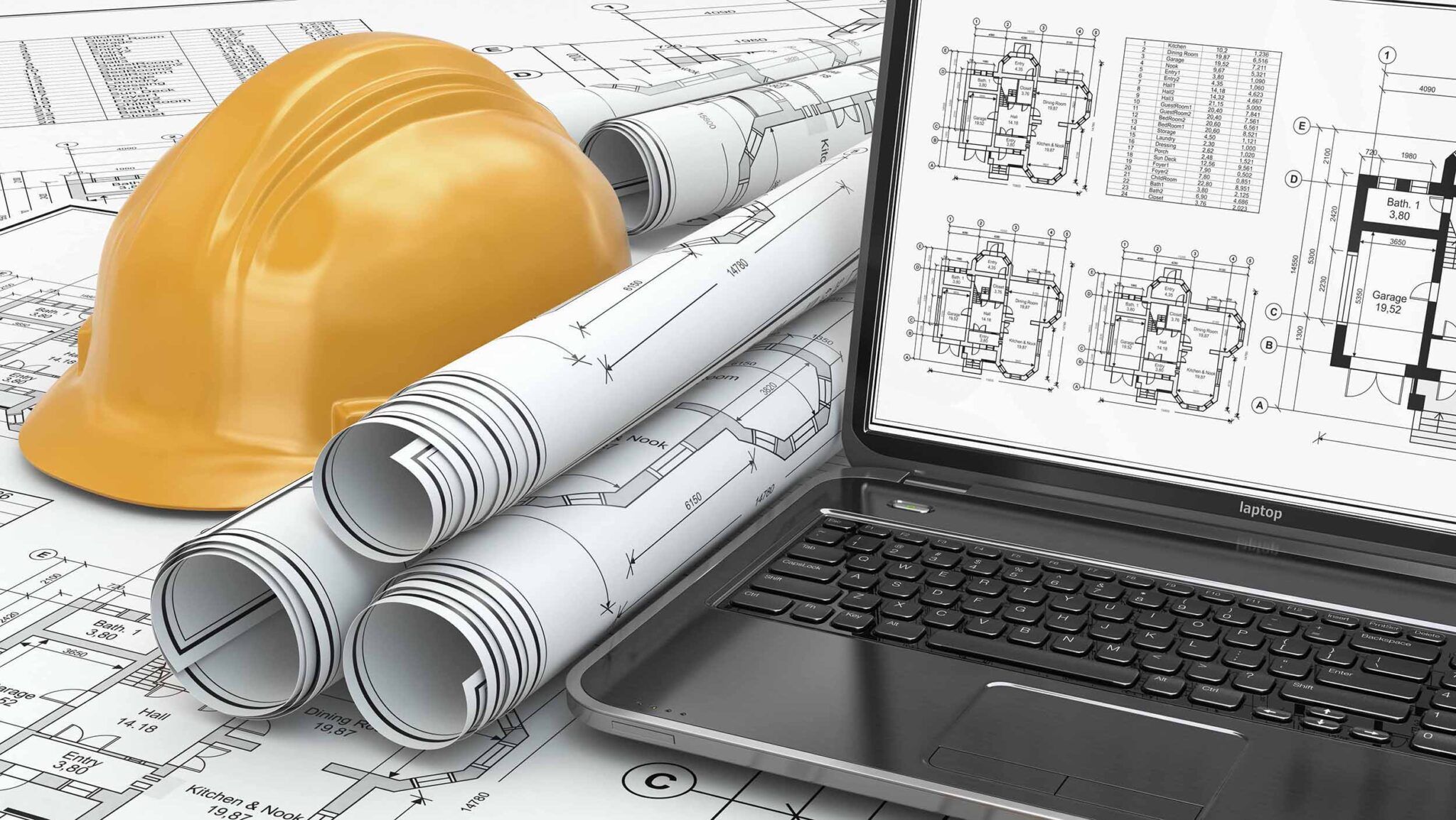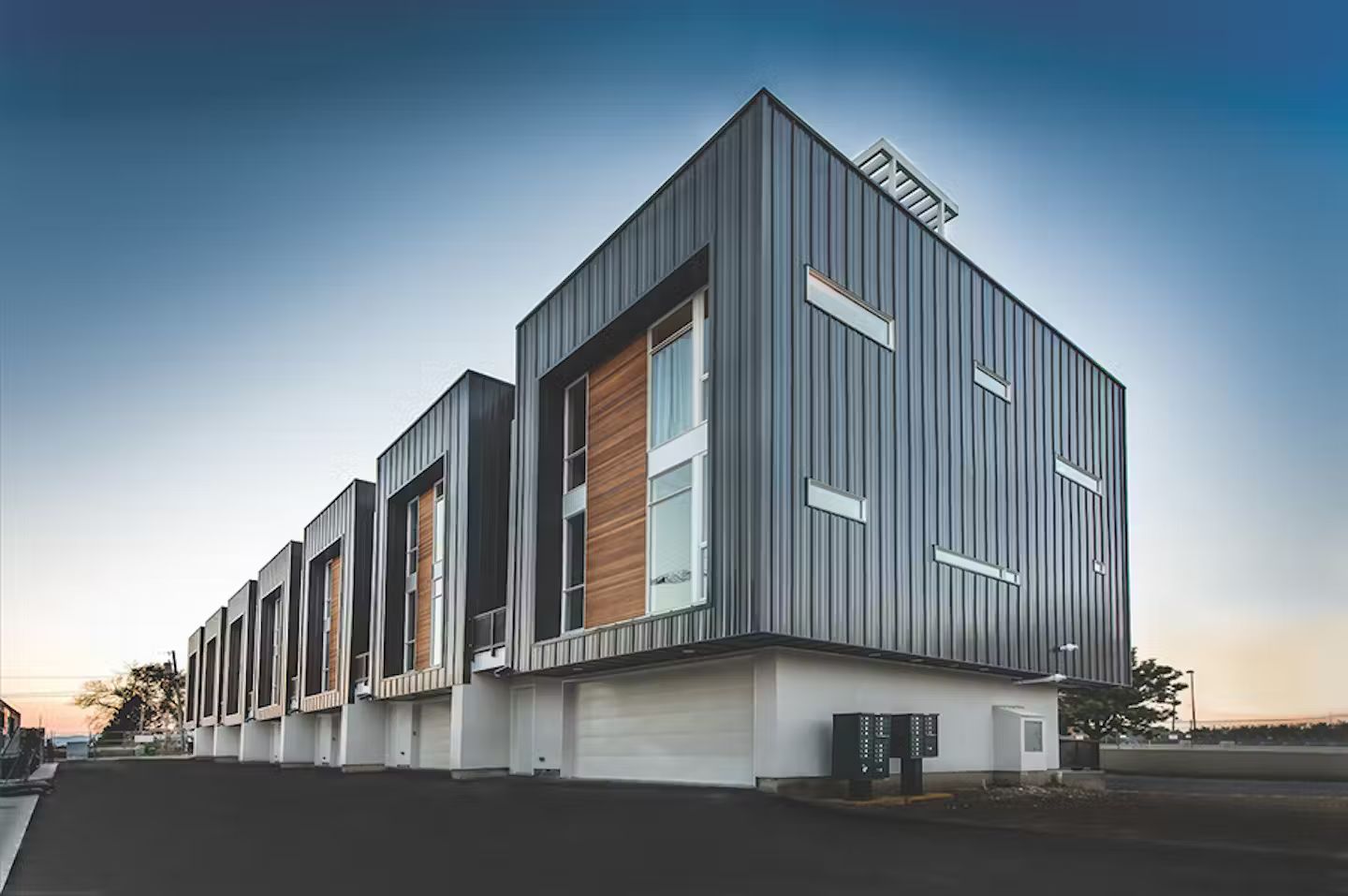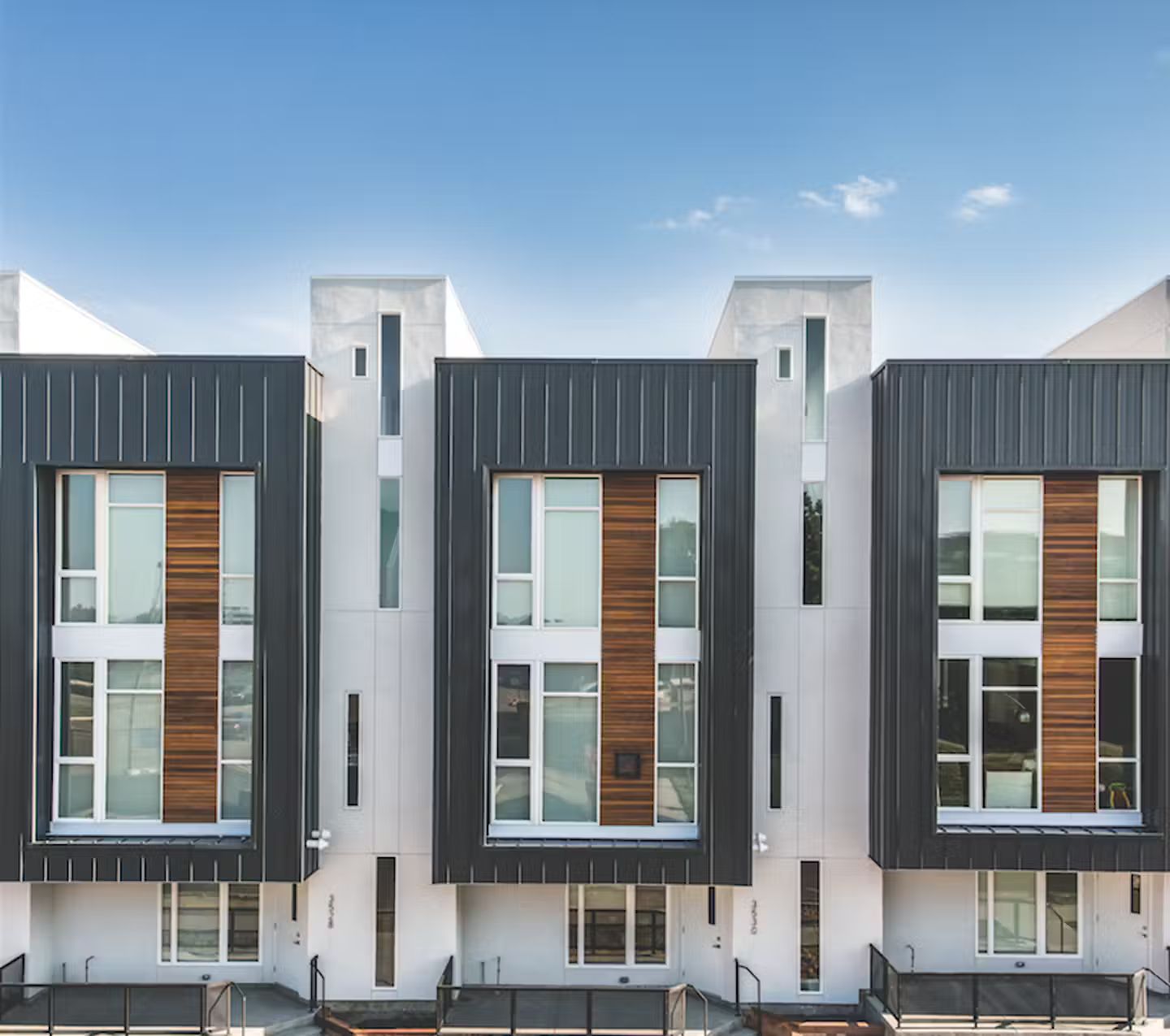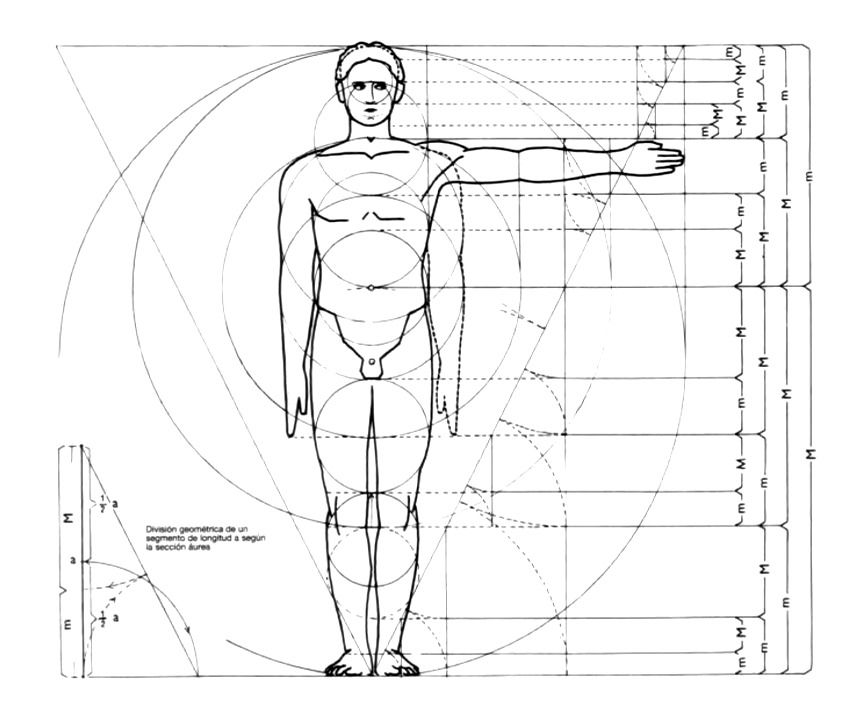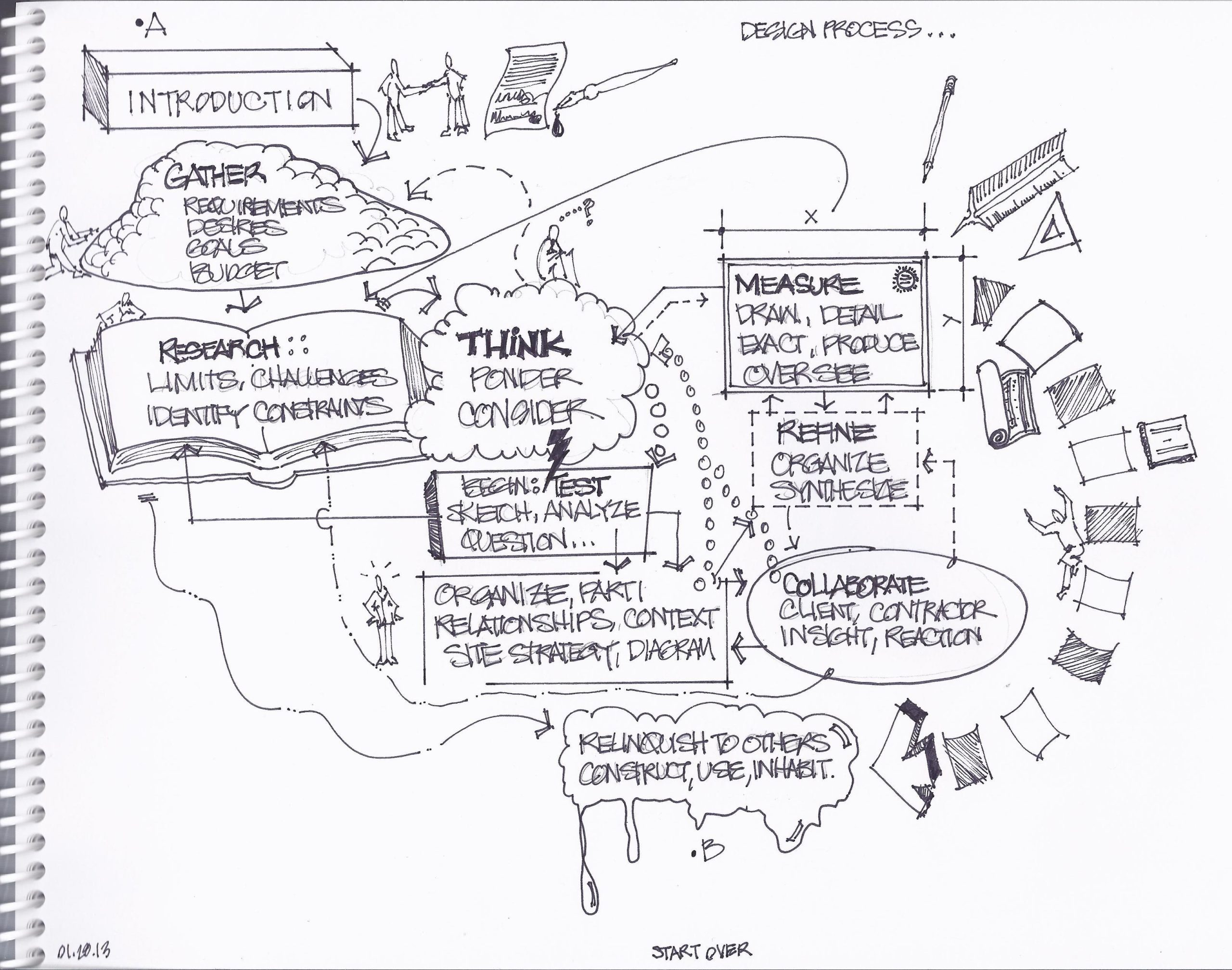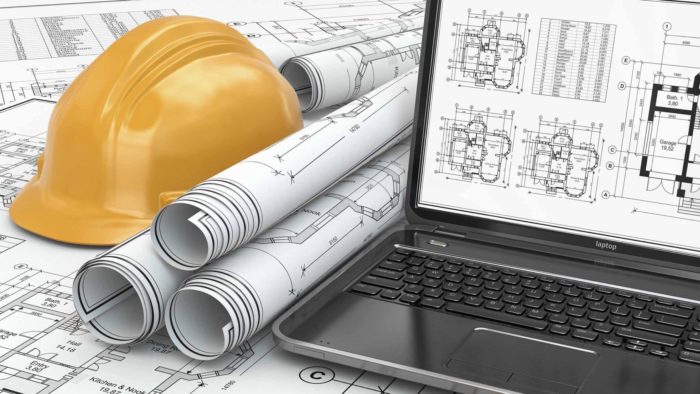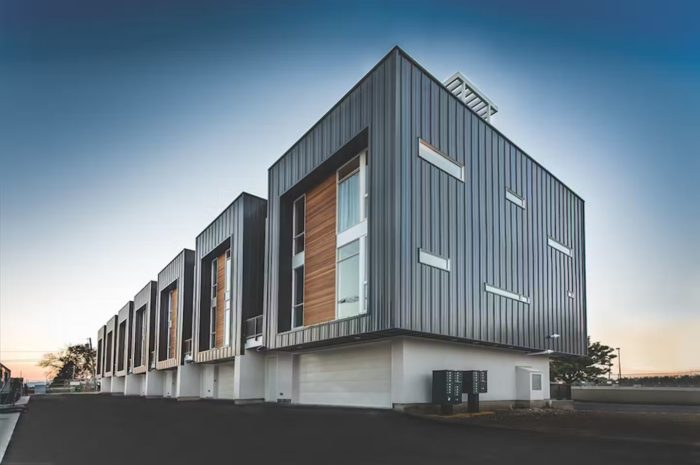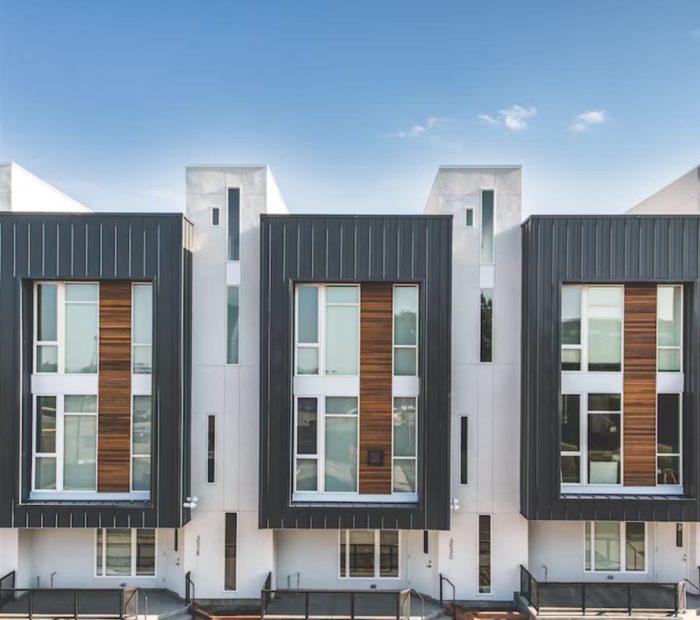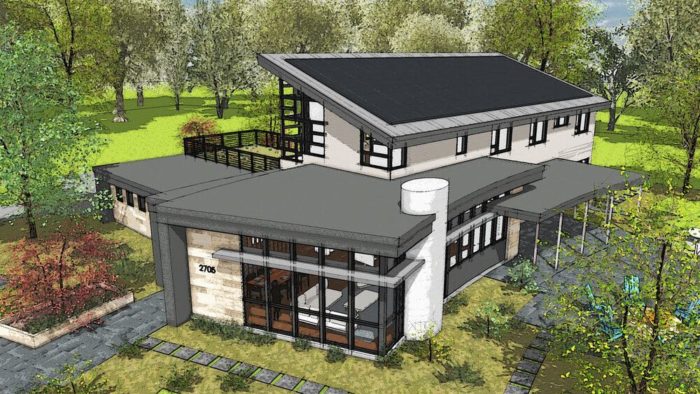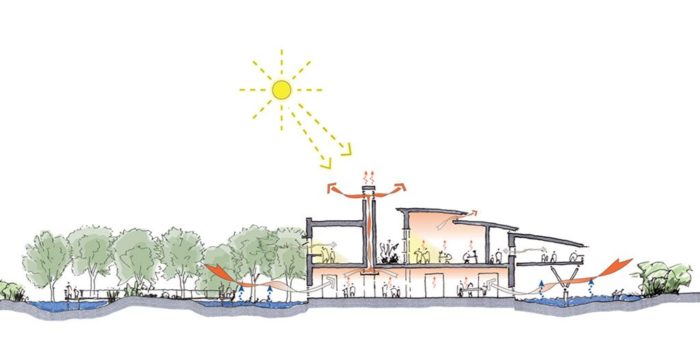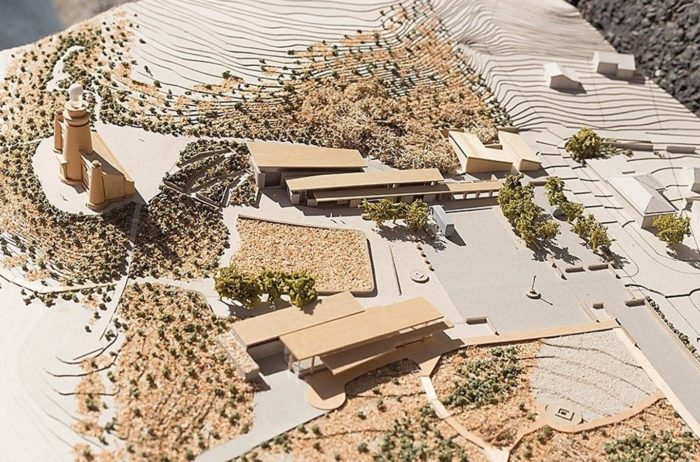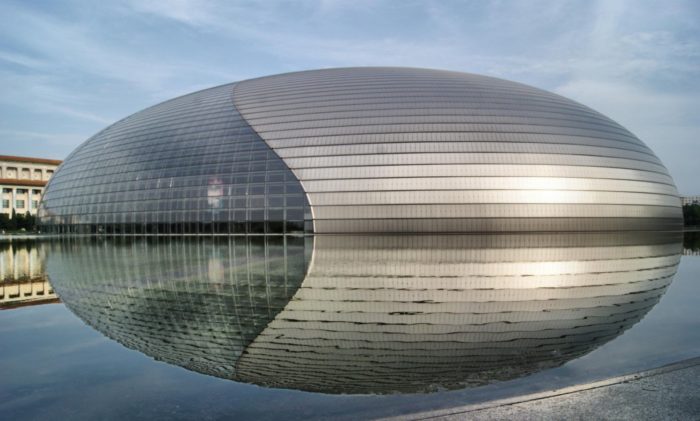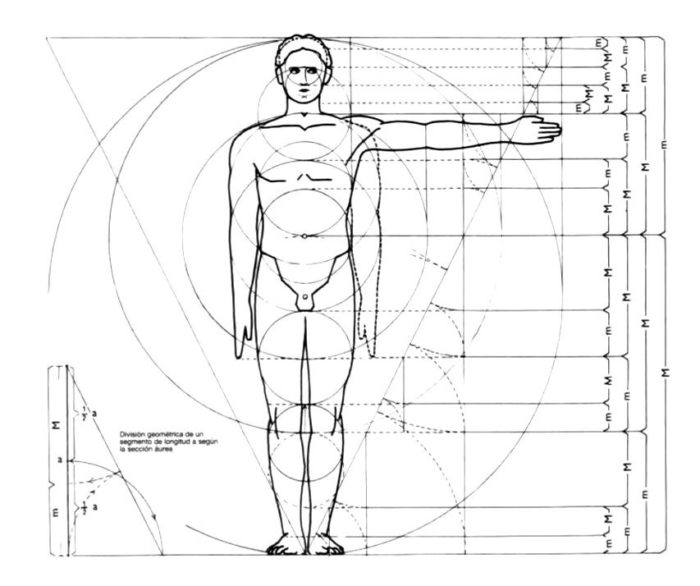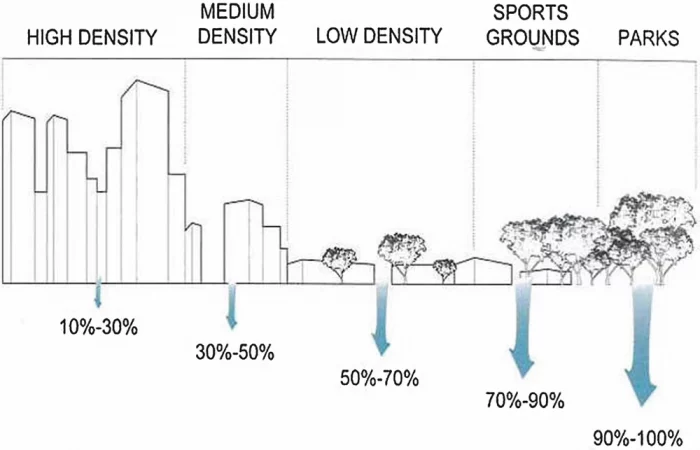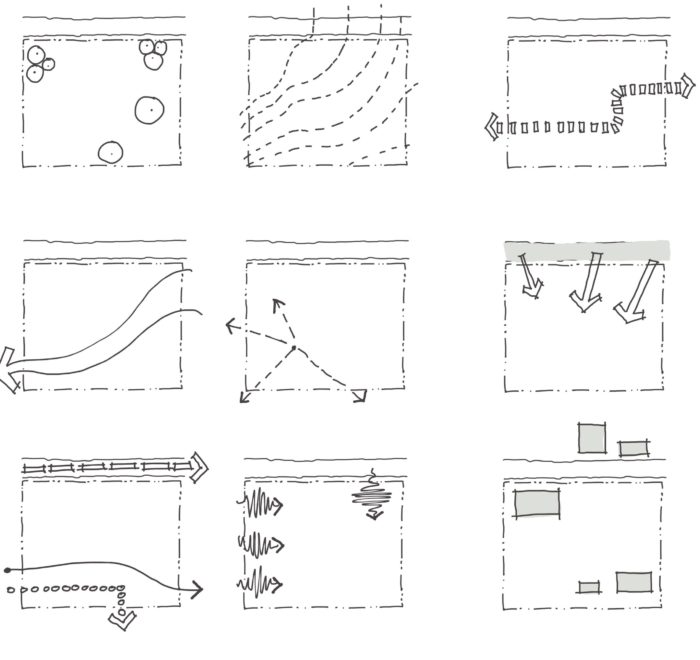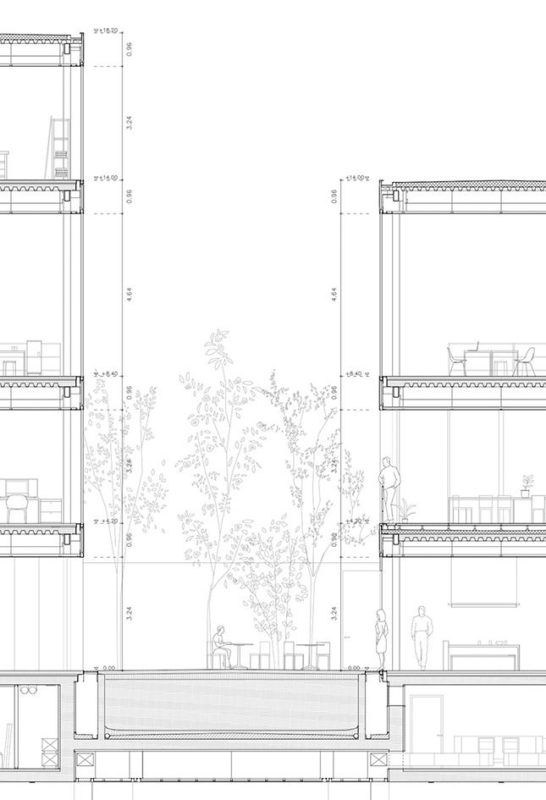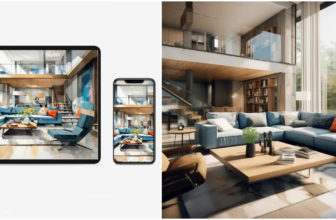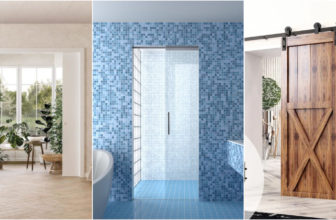Quality and quantity are two fundamental concepts that play a pivotal role in shaping the landscape of Architectural Design. Though seemingly straightforward, these terms carry nuanced implications that significantly influence the design, construction, and overall impact of structures. Understanding the essence of quality and quantity in architecture is essential for architects, designers, and enthusiasts alike.
I’m sure you’ve heard the phrase “Quality over Quantity,” a philosophy that appears in various contexts, particularly in business and daily life. It’s simple: quality refers to the distinct qualities or characteristics of something, whereas quantity is concerned with the numerical side of things. This concept takes on a whole new meaning when we focus on architecture. Architectural enterprises are more than statistics; they are about the careful balance of design, practicality, and aesthetic brilliance.
Quality in architecture extends beyond measurements; it is about the unique characteristics that elevate a structure to a level of competence. It necessitates a careful combination of materials, spatial design, and attention to detail. In this context, quantity refers to the immense size of urban development, the spatial volume created, and the broader impact of architectural choices on society. Architects are continuously attempting to balance creating spectacular, one-of-a-kind structures and making meaningful contributions to the broader fabric of our built environment.
This quality-versus-quantity debate is amplified in talks about sustainable architecture. Concerns regarding resource consumption and the total environmental footprint meet here as the emphasis on material quality and energy efficiency collides. It’s like this complicated dance between qualitative and quantitative components, highlighting architects’ constant ambition to merge beauty, functionality, and societal well-being in projects that are both individual masterpieces and essential parts of our urban environments.
What is Quality?
Quality is a unit of measurement used to estimate the worth of an item in comparison to similar products. Personal preferences define the degree of excellence and perfection of something. Quality can be applied to both tangible and intangible items. Actual items are physical objects that can be moved and manipulated. Intangible items, such as a service, cannot be touched. People often consider good quality to be worthwhile. Businesses utilize quality to gauge how their clients perceive their service. This can be an approach to increasing satisfaction while maintaining standards.
What is Quantity?
The term ‘quantity’ refers to a unit of measurement used for determining the number of items present, which can either be quantifiable or countable. It is often expressed numerically and can be either a fixed or estimated quantity. In businesses, quantity is frequently used as a criterion for determining the success of production processes. This helps businesses to take advantage of economies of scale when dealing with vast numbers of transactions, which can be a cost-cutting tactic. Although quantity can be controlled, the end result is always measurable.
Quality vs. Quantity in Architectural Design:
Understanding the dynamics of quality vs. quantity is critical for architects as they attempt to create places that not only meet functional needs but also make a meaningful contribution to the built environment. Unlike quantity, which is factual and based on observable facts, architectural quality is based on a subjective evaluation that extends beyond statistics. High-quality architecture’s design excellence, material selection, and craftsmanship are inevitably subjective, molded by personal feelings, ideas, and biases. Balancing quality and quantity in architectural design can feel like walking a tightrope. The quantitative features of a design are represented by the number of elements in it, such as the scale, size, or spatial volume. Changing the quantity of pieces by adding or eliminating them can have a noticeable impact on the overall design. The quality of architectural design, on the other hand, is impacted by how people perceive and value space—a fundamentally subjective process.
The question of whether quality or quantity takes primacy in architectural discourse is not easily answered. Quality determines the aesthetic appeal, functionality, and sustainability of a design, while quantity influences the scale, economic feasibility, and societal impact. To strike the correct balance between the qualitative and quantitative parts of architectural design, architects must carefully analyze the context, target audience, and overarching aims of a project. Finally, architectural masterpieces are defined by the delicate union of quality and quantity, creating places that reverberate with both artistic brilliance and pragmatic functionality.
Quality in Architecture
Quality in architecture is more than just functionality; it is an expression of excellence and a measure of a structure’s capacity to meet certain needs. Architectural quality is a broad notion that includes a wide range of qualities and traits. It entails creative space utilization, rigorous attention to design details, and the thoughtful blending of aesthetics and utility. A harmonious balance of premium materials, exceptional craftsmanship, and a design that stands out for its distinctiveness and creative brilliance characterizes high-quality architecture.
Design Excellence: Design excellence is at the heart of architectural quality. This entails designing environments that not only serve their intended purpose but also do it in a visually appealing and unique way. A careful and innovative approach to space design characterizes quality architecture, pushing boundaries and rethinking traditions.
Material Selection and Craftsmanship: High-quality architecture is frequently distinguished by painstaking material selection and the artistry of craftsmanship. Architects carefully select materials that add to a structure’s longevity, sustainability, and visual appeal. Craftsmanship entails the precise implementation of design elements, resulting in a finished product that shows precision and perfection.
Functionality and User Experience: Good architecture mixes functionality and aesthetics smoothly. Spaces are created with an awareness of how they will be utilized in mind, ensuring that they not only look good but also improve the entire user experience. Practical concerns like efficient layouts and intuitive circulation contribute to the design’s functionality.
Also Read: 12 Highly Effective Types of Architects and What They Do
Innovation and Creativity: Architectural quality is frequently associated with a spirit of innovation and inventiveness. It goes beyond traditional design solutions, embracing new technologies, sustainable practices, and unique spatial organizing methodologies. Quality architects are frequently forerunners, pushing the limits of what is possible in the built world.
Also read: Innovative Workplace Design: How A.I. Is Revolutionizing Architectural Practices?
Sustainability: In the modern setting, a dedication to sustainability is a hallmark of architectural quality. High-quality architecture takes into account the environmental impact of design decisions, using energy-efficient technologies, eco-friendly materials, and sustainable design techniques to reduce a structure’s ecological imprint.
Contextual Sensitivity: Understanding the cultural, historical, and social environment in which a structure resides is essential to architectural quality. To produce designs that are not only physically beautiful but also resonate with the context in which they are situated, architects must consider the surrounding environment, local customs, and community needs.
Also read: How Well Do Passive Design Strategies Reduce Carbon Footprint?
Endurance and Timelessness: Architectural quality lasts. High-quality designs withstand the test of time, remaining relevant and aesthetically pleasant despite shifting fashions. Quality architects aim to design structures that transcend time and become timeless additions to the architectural landscape.
Quantity is used as a unit of measurement to determine the number of items present, and it is expressed numerically. It is a countable or quantifiable unit that can be either fixed or estimated. Successful businesses often use quantity as a criterion for evaluating production processes, and they aim to take advantage of economies of scale while dealing with large numbers of transactions. This can help cut costs. Although quantity can be controlled, its end consequence is measurable.
Quantity in Architecture
Quantity plays a multidimensional function in architecture, influencing different areas of design, planning, and implementation beyond a simple numerical measure. Here are several key quantitative dimensions in the context of architecture:
Scale and Size: The scale and size of a project are inextricably linked to quantity in architecture. It takes into account the number of structures, the total scale of the development, and the spatial volume created within individual structures. Architects carefully consider how the quantity of elements, such as the number of floors, rooms, or overall square footage, affects a design’s overall visual appeal, usefulness, and efficiency.
Urban Density: In urban planning, the number of buildings and the density of development have a considerable impact on the character and functionality of a city or neighborhood. Creating urban landscapes that are both visually beautiful and conducive to sustainable living requires striking the correct balance of quantity in terms of structures, green spaces, and social areas.
Economic Considerations: In architecture, the quantity of materials, labor, and spatial aspects is frequently intertwined with economic considerations. Large-scale building projects may profit from economies of scale by carefully leveraging quantity, potentially lowering the cost per unit. Architects must manage these economic elements, making judgments that balance quantity with cost limits while maintaining overall design quality and integrity.
Functional Efficiency: Quantity in architecture includes functional efficiency issues. The number and arrangement of rooms, the architecture of a building, and the overall amount of space all have an impact on how well a structure serves its purpose. Architects strive to maximize quantity in order to improve usability, flow, and overall occupant experience.
Resource Utilization: The amount of resources utilized in a building, such as materials and energy, is an important factor in modern architecture. Sustainable design techniques sometimes involve reducing the amount of resources needed for development while also ensuring that buildings are environmentally responsible and energy-efficient.
Also read: Reused and Recycled Materials in Interior Design
Quantity in architecture is a dynamic and fundamental factor that influences a project’s visual, functional, economic, and environmental elements. Architects must carefully traverse the complex link between quantity and quality in order to achieve a harmonious balance that results in structures that are not only visually beautiful but also sustainable, efficient, and well-suited to their intended objectives.
A Guide to balance between Quality and Quantity
Determine the Purpose: Understanding the purpose of architectural content entails determining why a design is made as well as who the design’s intended audience is. This introspective analysis assists architects in tailoring their ideas to the specific demands and wants of their target audience, ensuring that each architectural creation serves a specific purpose.
Use Analytics: Using analytics in architectural design entails evaluating data in order to make informed decisions. Architects can improve their processes by assessing the success and effectiveness of various design approaches. For example, comparing the impact of a design that promotes quality vs one that favors quantity can help architects optimize their future projects.
Also read: The Best 26 Architecture AI Tools in the Field: Why You Should Use Them?
Make Adjustments: Finding the optimal mix of quality and quantity frequently necessitates small modifications. If a quality-focused design strategy fails to maintain attention, architects may experiment with combining components of a quantity-focused approach to encourage frequent interaction. Similarly, if a high-quantity strategy requires improvement, incorporating elements of a high-quality approach might raise the perceived worth of the architectural content.
Optimize Your Approach: Architectural content, like all forms of artistic expression, is constantly growing. Architects should continuously seek the optimal balance of quality and quantity, tailoring their approach to individual tastes, project goals, and external influences. Cost-effectiveness, scalability, time restrictions, and environmental issues can all help architects refine their approach to architectural design.
A careful and flexible strategy is required to balance quality and quantity in architectural design. Architects must manage the complexity of design creation while considering the various aspects influencing project success. Architects may optimize their approach through a systematic and iterative process, generating solutions that are not only of high quality but also resonate with the intended audience and achieve the objectives of each specific project.
Also read: How to Make An Impressive Architecture Model? Your complete guide
